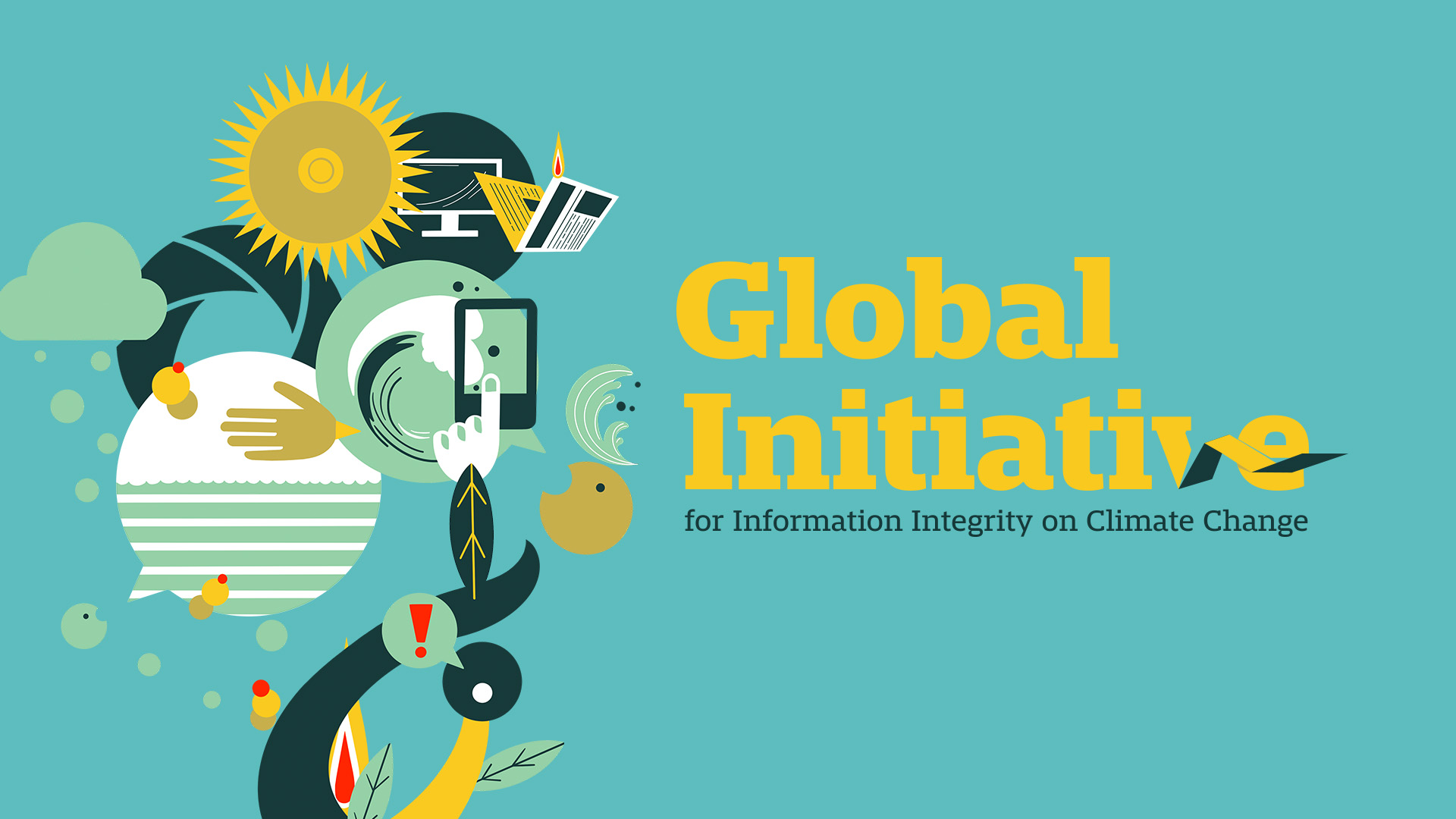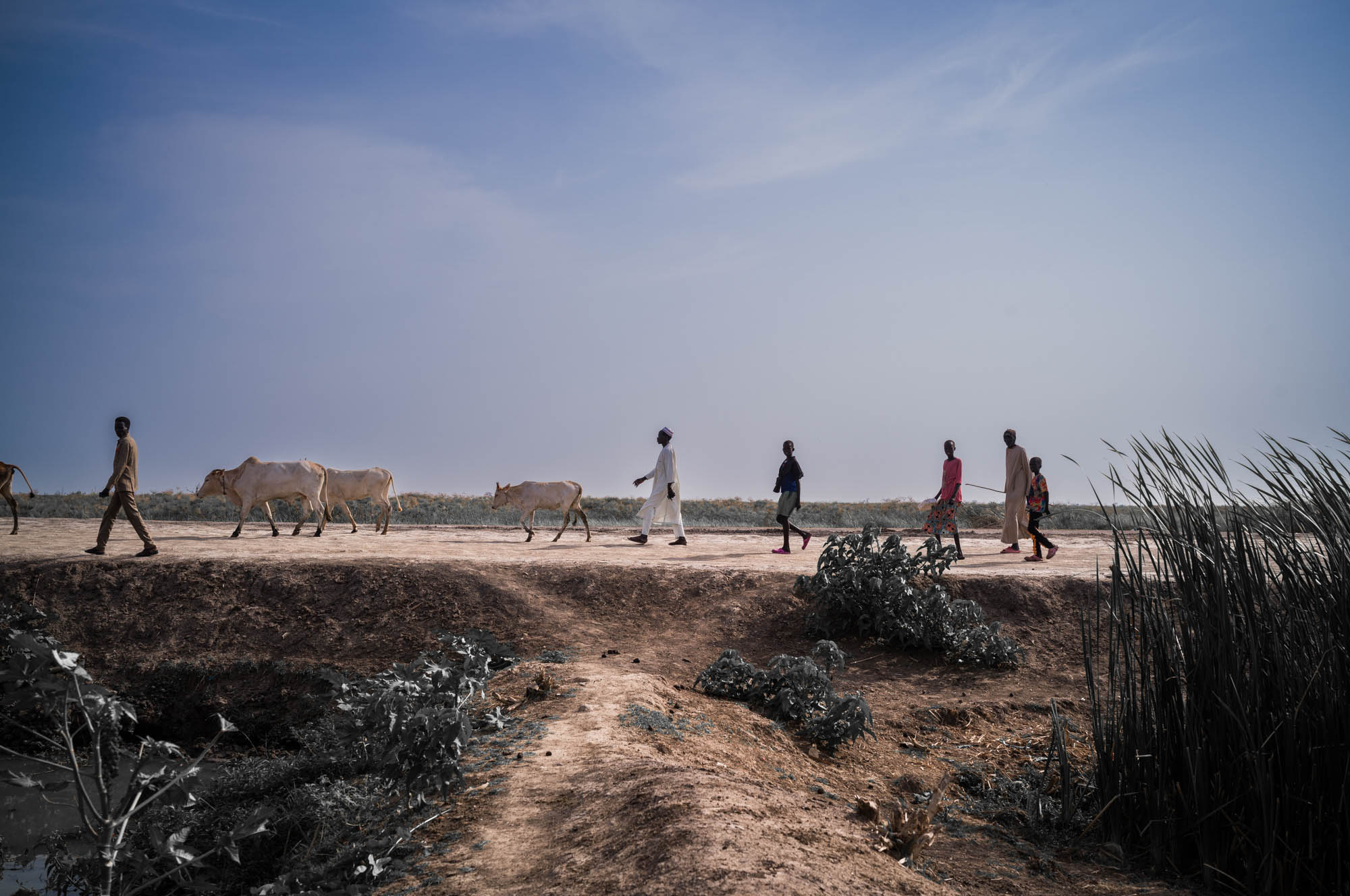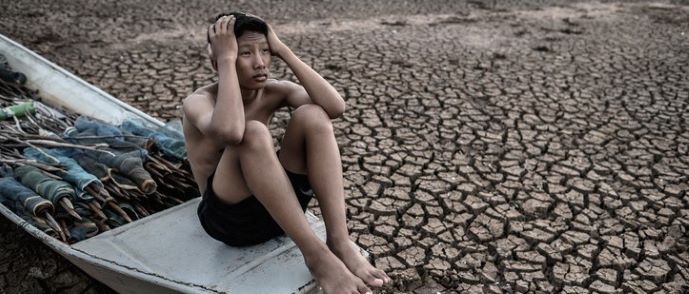Report on the International Court of Justice Advisory Opinion on Climate Change
Introduction: A Landmark Opinion for Global Climate Action
On July 23, the International Court of Justice (ICJ) issued a significant advisory opinion clarifying the legal obligations of States concerning climate change. Requested by the United Nations General Assembly, the opinion establishes that countries, particularly major greenhouse gas (GHG) emitters, have a duty under customary international law to prevent climate harm and could be financially liable for damages caused to more vulnerable nations. This ruling directly reinforces the objectives of SDG 13 (Climate Action) by providing a legal foundation for accountability. While non-binding, the opinion is poised to shape future international climate policy, strengthen global partnerships under SDG 17 (Partnerships for the Goals), and catalyze climate-related litigation worldwide.
Institutional Framework and Procedural History
The Role of the International Court of Justice (ICJ)
The ICJ, established in 1945 as the principal judicial organ of the United Nations, is tasked with settling legal disputes between States. Its function is central to maintaining global order and upholding international law, reflecting the principles of SDG 16 (Peace, Justice and Strong Institutions). The Court comprises 15 judges elected by the UN General Assembly and Security Council, who serve nine-year terms.
The UN General Assembly’s Request
On March 29, 2023, following a campaign led by Vanuatu, the UN General Assembly formally requested the ICJ to provide an advisory opinion on the legal obligations of States in protecting the climate system. The request sought to clarify the legal consequences for nations whose actions cause significant environmental harm, thereby addressing the disproportionate impacts on developing countries and advancing SDG 10 (Reduced Inequalities).
Key Legal Questions Addressed by the Court
The UN General Assembly posed two fundamental questions to the ICJ:
- What are the obligations of States under international law to ensure the protection of the climate system and other parts of the environment from anthropogenic emissions of greenhouse gases for States and for present and future generations?
- What are the legal consequences under these obligations for States where they, by their acts and omissions, have caused significant harm to the climate system and other parts of the environment, with respect to:
- States, including, in particular, small island developing States, which are specially affected or vulnerable to the adverse effects of climate change?
- Peoples and individuals of the present and future generations affected by the adverse effects of climate change?
The Court’s Findings and Legal Interpretations
Affirmation of Customary International Law
The Court addressed the argument of *lex specialis*, where developed nations contended that specific climate treaties like the Paris Agreement supersede other international laws. It rejected this view, siding with developing nations that argued climate change impacts violate broader human rights and customary international law. The Court affirmed that the duty to prevent transboundary environmental harm is a customary duty that applies to the climate system. This finding broadens the basis for legal responsibility, anchoring SDG 13 (Climate Action) in fundamental principles of international law, independent of specific treaty participation.
The Two-Part Obligation of States
The Court established that State liability is based on two core elements:
- The environmental harm to be prevented.
- The standard of conduct required, defined as “due diligence.”
Defining “Significant Harm” and “Due Diligence”
The Court clarified that “significant harm” must be determined based on the best available science and can arise from the cumulative effect of acts by various States. To assess whether a State has exercised “due diligence” in preventing such harm, the Court outlined seven key factors that must be considered:
- Implementation of laws and regulations to reduce GHG emissions.
- Consideration of available scientific information.
- Adherence to agreements from international climate conferences (COPs).
- Application of the principle of “common but differentiated responsibilities and respective capabilities,” a cornerstone of SDG 17 (Partnerships for the Goals).
- Assessment of scientific information regarding the probability and seriousness of potential harm.
- Conducting risk assessments related to GHG emissions.
- Notification of and consultation with other States regarding activities that pose a risk of significant harm.
Implications for the Sustainable Development Goals (SDGs)
Advancing Climate Justice and Reducing Inequalities
The opinion provides a powerful legal tool for small island developing States and other vulnerable nations to seek redress for climate-related damages. By establishing a basis for reparations, the ruling directly supports the aims of SDG 10 (Reduced Inequalities) and SDG 1 (No Poverty). It also implicitly protects SDG 3 (Good Health and Well-being) and SDG 11 (Sustainable Cities and Communities) by holding polluters accountable for the adverse effects on human populations.
Strengthening Global Governance and Partnerships
By clarifying international law, the ICJ’s opinion strengthens the global governance framework essential for achieving the SDGs, particularly SDG 16 (Peace, Justice and Strong Institutions). The emphasis on “common but differentiated responsibilities” reinforces the collaborative spirit of SDG 17 (Partnerships for the Goals), urging developed nations to lead in climate mitigation and support developing countries.
Future Outlook for SDG 13 (Climate Action)
The ICJ’s advisory opinion is expected to serve as a catalyst for more ambitious national climate policies and will likely be cited in future litigation before national and international courts. This legal pressure creates a new and powerful incentive for States to accelerate their efforts to reduce emissions and transition to clean energy, directly contributing to the urgent fulfillment of SDG 13 (Climate Action).
SDGs Addressed in the Article
-
SDG 13: Climate Action
The article is centered on the global response to climate change. It discusses the “obligations of States under international law to ensure the protection of the climate system,” the impact of “anthropogenic emissions of greenhouse gases,” and the legal consequences for countries causing “significant harm to the climate system.” This directly aligns with the core focus of SDG 13, which is to take urgent action to combat climate change and its impacts.
-
SDG 16: Peace, Justice and Strong Institutions
The entire article revolves around a legal process within a key international institution. It details a case brought before the International Court of Justice (ICJ), referred to as the “World Court,” which was established “through the UN Charter to handle legal disputes between nations.” The discussion of international law, legal obligations, liability, and the role of the UN General Assembly and the ICJ in resolving disputes directly relates to promoting the rule of law and building effective, accountable institutions at the global level.
-
SDG 17: Partnerships for the Goals
The article highlights the tension and required cooperation between developed and developing nations. It describes how large GHG emitting countries could be liable to pay “reparations to smaller countries,” specifically mentioning “small island developing States.” This theme of financial liability, international cooperation, and the “principle of common but differentiated responsibilities and respective capabilities” is central to the global partnership for sustainable development.
Specific SDG Targets Identified
SDG 13: Climate Action
-
Target 13.1: Strengthen resilience and adaptive capacity to climate-related hazards and natural disasters in all countries.
This target is relevant as the article discusses the legal consequences for states that have caused harm to “small island developing States, which due to their geographical circumstances and level of development, are injured or specially affected by or are particularly vulnerable to the adverse effects of climate change.” The court’s opinion addresses the need to protect these vulnerable nations.
-
Target 13.2: Integrate climate change measures into national policies, strategies and planning.
The ICJ’s opinion outlines that a country’s due diligence includes having “(1) laws or regulations to reduce GHG emissions.” This directly supports the integration of climate measures into national legal and policy frameworks, as called for by this target.
-
Target 13.a: Implement the commitment undertaken by developed-country parties to the United Nations Framework Convention on Climate Change to address the needs of developing countries.
The article’s focus on the “financial liability of countries for their contribution to climate change” and the finding that they “could be liable to pay reparations to smaller countries” directly relates to the mobilization of finance from developed to developing nations to address climate impacts.
SDG 16: Peace, Justice and Strong Institutions
-
Target 16.3: Promote the rule of law at the national and international levels and ensure equal access to justice for all.
The article is a case study of this target in action. It describes how the UN General Assembly, at the request of the nation of Vanuatu, utilized the ICJ to get an “advisory opinion on the legal obligations of countries in preventing climate change,” thereby using international legal mechanisms to seek justice and clarity on the rule of law.
-
Target 16.8: Broaden and strengthen the participation of developing countries in the institutions of global governance.
The case was initiated “at the request of Vanuatu,” a small island developing state. The ICJ’s subsequent opinion, which sided with the arguments of developing countries over those of larger nations, demonstrates the strengthening participation and influence of developing countries in global legal institutions.
SDG 17: Partnerships for the Goals
-
Target 17.3: Mobilize additional financial resources for developing countries from multiple sources.
The court’s opinion on liability could lead to a new mechanism for financial flows. The discussion of large emitting countries having to “pay reparations to low lying and developing nations” directly implies the mobilization of financial resources from developed to developing countries as a consequence of legal liability.
Indicators for Measuring Progress
SDG 13: Climate Action
- Existence of national laws to reduce GHG emissions: The article explicitly lists “(1) laws or regulations to reduce GHG emissions” as a factor for determining if a country met its due diligence requirement. The number of countries with such laws can be used as an indicator.
- Financial flows for climate reparations: The potential for “reparations” to be paid by large emitters to smaller countries implies a measurable indicator: the amount of money transferred as a result of climate liability claims.
SDG 16: Peace, Justice and Strong Institutions
- Number of climate-related cases before international courts: The article notes that the ICJ opinion will likely “lead to a wave of new lawsuits” and that “litigation based on the opinion [is expected] to begin within the next few weeks.” The number of such cases filed would be a direct indicator of the use of international justice mechanisms.
- Participation of developing states in global governance: The initiation of the case by Vanuatu serves as a qualitative indicator. Quantitatively, one could track the number of cases brought by or on behalf of developing nations to international bodies like the ICJ.
SDG 17: Partnerships for the Goals
- Amount of financial reparations paid for climate damage: This is a direct, quantifiable indicator implied by the article’s statement that large countries “could be liable to pay reparations to smaller countries for the adverse impacts of climate change.”
Summary Table: SDGs, Targets, and Indicators
| SDGs | Targets | Indicators Identified in Article |
|---|---|---|
| SDG 13: Climate Action |
13.1: Strengthen resilience and adaptive capacity.
13.2: Integrate climate change measures into national policies. 13.a: Mobilize climate finance for developing countries. |
– Actions taken to protect vulnerable states from “adverse effects of climate change.”
– Number of countries with “laws or regulations to reduce GHG emissions.” – Amount of “reparations” paid by large emitters to smaller countries. |
| SDG 16: Peace, Justice and Strong Institutions |
16.3: Promote the rule of law at the international level.
16.8: Broaden participation of developing countries in global governance. |
– Number of climate-related legal cases brought before the ICJ and other courts.
– Number of legal proceedings initiated by developing nations (e.g., Vanuatu) in international institutions. |
| SDG 17: Partnerships for the Goals | 17.3: Mobilize additional financial resources for developing countries. | – Financial flows from developed to developing countries based on “financial liability” and “reparations” for climate change. |
Source: forbes.com


.jpg)




